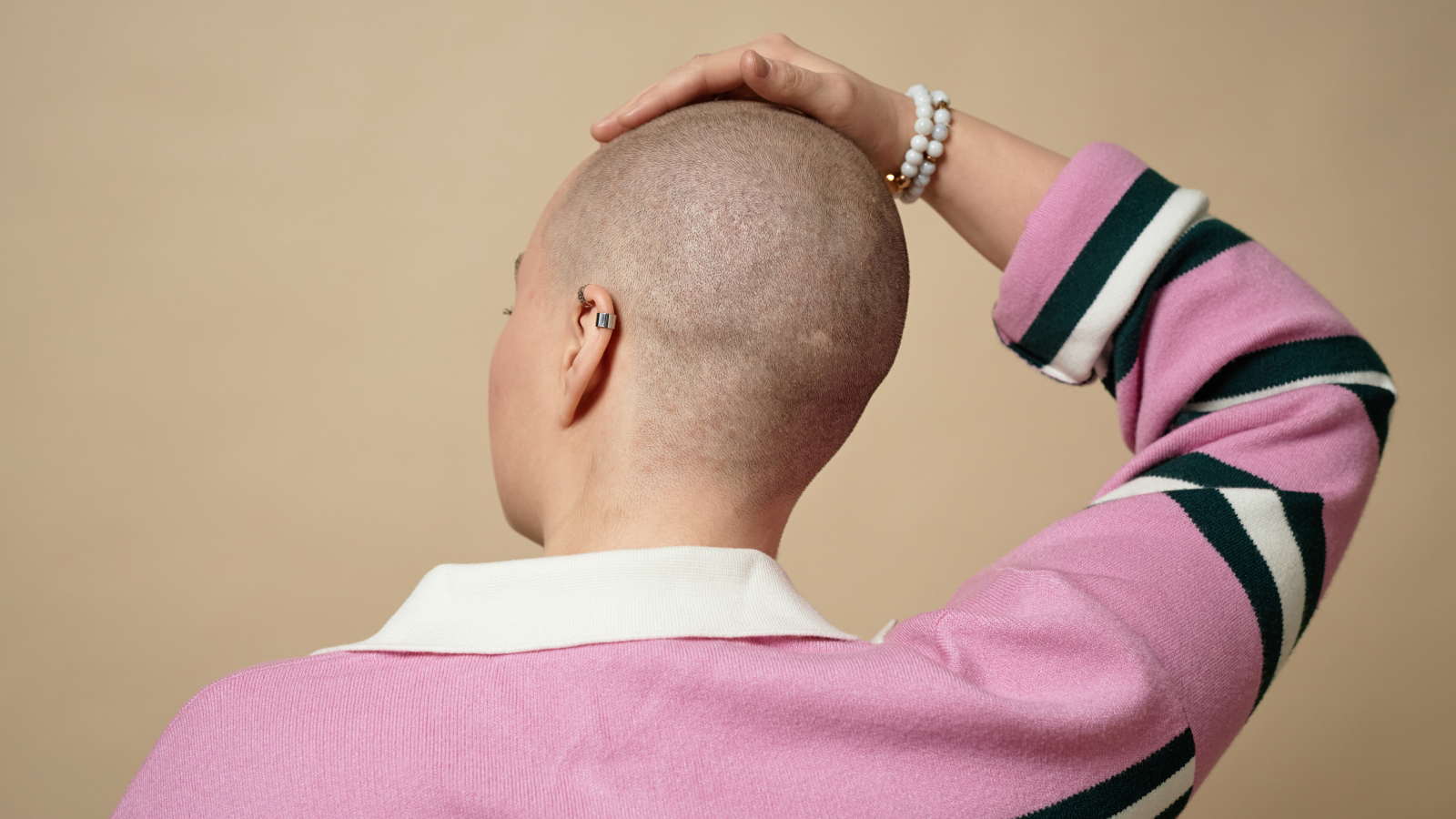30% of Girls' Clothing Is Sexualized in Major Sales Trend

Almost a third of girls' clothing for sale at 15 major retailers has sexualizing characteristics, a new study finds, a trend that psychologists say can encourage girls to view themselves as sex objects at an early age.
The majority of sexualized clothes also had childlike characteristics, such as polka dots, the research found. Nonetheless, adults in the study rated these childish but sexualizing clothes as just as sexy as clothes with only sexualizing features.
"Even though parents might see them as more acceptable [than purely sexy clothes], I'm not sure they're perceived that differently," study researcher Sarah Murnen, a social psychologist at Kenyon College in Ohio, said of the clothes that mixed sexuality and girlishness.
The sexy-clothes trend
Handwringing over the sexualization of young girls is a common theme both in the media and in the mall. In 2007, Wal-Mart pulled a pair of girls' underwear with the words "Who needs credit cards … " on the front and "when you have Santa" on the back from the shelves after parental outcry. Those extreme cases get people's ire up, said Sharon Lamb, a professor of mental health at the University of Massachusetts in Boston who was not involved in the research. But the trend is more insidious than single cases make it out to be, Lamb told LiveScience. [10 Surprising Sex Statistics]
"It's not just this most outrageous thing," said Lamb, author of "Packaging Girlhood: Rescuing Our Daughters From Marketer's Schemes" (St. Martin's Press, 2006). "It's a lot of subtle little things, too."
In 2007, Lamb was part of an American Psychological Association Task Force that reviewed the research on the consequences of sexualization for young girls. The task force found that girls who buy into sexualizing media messages are more likely to experience low self-esteem, depression and eating disorders. One 1998 study found that girls made body-conscious by wearing swimsuits while they did a math test in an empty room did worse on the test than girls completing the same test while wearing sweaters. There were no differences in test-taking performance between boys wearing swimsuits and boys wearing sweaters, suggesting a link between self-objectification and shame and anxiety in girls.
Get the world’s most fascinating discoveries delivered straight to your inbox.
In one yet-unpublished study, Murnen and her research team asked volunteers to look at pictures of the same fifth-grader dressed in sexualized, childish-but-sexualized, or non-sexualized clothing. The adult volunteers viewed the sexualized version of the girl as less competent, less intelligent, less moral and less self-respecting.
"And she's a fifth-grade girl!" Murnen said. "The fact that they consider her less moral is really disturbing, as if we do blame her for her clothing choice."
Marketing sexiness
In the newly published study, Murnen and her colleagues went through the children's offerings of 15 national retailers, from high-end stores such as Neiman Marcus to inexpensive stores such as Kmart and Target. All of the clothes were sized and marketed for toddlers to pre-teen children. The researchers asked independent adult raters to judge 5,666 clothing items for whether they revealed or emphasized a sexualized body part such as the chest or buttocks and whether they had sexy characteristics such as slinky material, leopard print, or sexualized writing. The raters also looked for childlike characteristics such as frills or butterflies.
Of all clothing items, 31 percent had sexualizing features, the researchers found. Most of these, about 86 percent, had childlike characteristics combined with sexy characteristics. Abercrombie Kids was the worst offender, with 72 percent of clothes featuring a sexualizing aspect. Neiman Marcus boasted about 38 percent sexualized clothing.
Child-only stores like Gymboree tended to do well, though older girls might think of those stores as babyish, Murnen said. Target was one of the better stores, with 80 percent of their girls' clothes falling in the "childlike" category.
"We think that it is bad right now in part of what is happening in the culture with the sexualization of women that has been documented," Murnen said. "We think this is trickling down to girls."
It's easy to blame parents for buying sexy clothes for little girls, Lamb said, but that lets marketers off the hook.
"Blaming the parents is exactly what the marketers want you to do," she said. "They spend $12 billion getting your kids to want the things you don't want them to have, and then they blame you for buying them."
Murnen's study appears online in the journal Sex Roles.
You can follow LiveScience senior writer Stephanie Pappas on Twitter @sipappas. Follow LiveScience for the latest in science news and discoveries on Twitter @livescience and on Facebook.

Stephanie Pappas is a contributing writer for Live Science, covering topics ranging from geoscience to archaeology to the human brain and behavior. She was previously a senior writer for Live Science but is now a freelancer based in Denver, Colorado, and regularly contributes to Scientific American and The Monitor, the monthly magazine of the American Psychological Association. Stephanie received a bachelor's degree in psychology from the University of South Carolina and a graduate certificate in science communication from the University of California, Santa Cruz.
